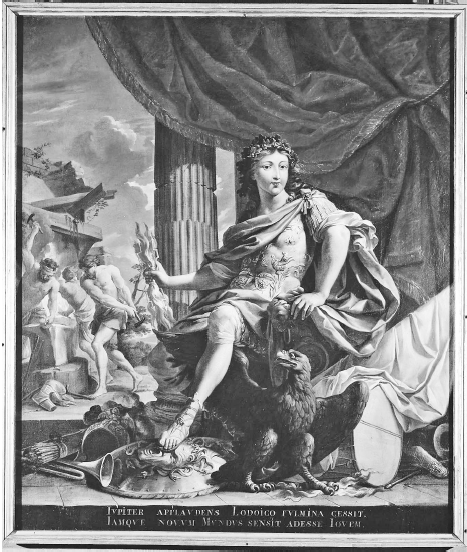- 翰林提供学术活动、国际课程、科研项目一站式留学背景提升服务!
- 400 888 0080
2017 AP European History欧洲史真题系列之简答题免费下载
历年AP European History欧洲史系列
真题与答案下载

翰林国际教育全网首发
力争超快速发布最全资料
助你在升学路上一帆风顺
为你的未来保驾护航
2017 AP European History Practice Exam Free-Response Questions Free Download
2017 AP 欧洲史模考简答题部分免费下载
此套题共分Section I和Section II两部分
其中Section I Part B short Answer简答题计时40分钟,共3题
Section II FRQ共计时1小时40分钟,共2题
每道大题可能含有不同数量的小题
完整版下载链接见文末
部分真题预览:
Section I Part B, 第一第二题为必答题,第三第四题为选答题(择其一):
1)Use the passage below to answer all parts of the question that follows.
“[When] the middle class, instead of struggling for change, struggles to preserve the status quo . . . a new species of dictator emerges—the ‘crisis man’—whose primary economic
function is not the freeing of business enterprise from the restraints of aristocracy, as in the past, but the suppression of the revolutionary power of labor in a period of crisis.
Thereafter, the crisis-man, whose prototype is Napoleon I, looms up whenever the established order . . . is seriously threatened from the left. . . . At a time of crisis the capitalistic
business man accepts the dictatorship of the Napoleon to preserve his capital and title to property, even at the partial sacrifice of his freedom.”
Albert Carr, Juggernaut: The Path of Dictatorship, 1939
- Describe how one specific piece of evidence supports Carr’s interpretation of the nature of Napoleon’s rule.
- Describe how one specific piece of evidence undermines Carr’s interpretation of the nature of Napoleon’s rule.
- Explain how one feature of the political context of the interwar period in which Carr was writing influenced his interpretation of Napoleon’s rule.
Section II,第一题为必答题,第二第三题为选答题(择其一):
1)Evaluate whether or not the term “absolute monarchy” accurately describes Louis XIV’s rule.
Document 1
Source: Charles-François Poerson, portrait of Louis XIV (1654) sitting on the throne of the supreme Roman god Jupiter. The painting commemorated the king’s defeat of the Fronde, a rebellion of nobles (1648–1653), and was displayed at the palace complex of Versailles.

Erich Lessing / Art Resource, NY
Translation of the Latin inscription on the plaque below the painting: “Jupiter, applauding Louis, ceases his thundering and now the world sees that a new Jupiter has arrived.”
Document 2
Source: Louis XIV, Memoirs for the Instruction of the Dauphin [eldest son and heir of the king], describing the year 1662
It was then that I adopted the emblem that I have retained ever since and that you see everywhere. I believed that rather than dwelling on something private and minor, it should in some way portray the duties of a prince and always inspire me to fulfill them. Chosen as a symbol was the sun, which . . . is the noblest of all, by virtue of its uniqueness, by the brilliance that surrounds it, by the light that it imparts to the other heavenly bodies that seem to pay it court, by its equal and just distribution of this same light to all the various parts of
the world, by the good that it does everywhere, constantly producing life, joy, and activity everywhere, by its perpetual yet always imperceptible movement, by never departing or deviating from its steady and invariable course.
Document 3
Source: Claude Bouchu, intendant,* report to Jean-Baptiste Colbert, finance minister, 1669
You will find enclosed my report and recommendation concerning the establishment of a general hospital in Dijon [a city in the Burgundy region of eastern France], which, although it is urgently necessary, will never be possible unless you give it your special protection because of the opposition of the Parlement** of Burgundy, which opposes on every possible occasion all the good one would like to accomplish. They are so totally carried away with their sovereignty that they believe they alone can initiate action and that the orders coming from the royal council are usurpations, although I’ve done what I could to disabuse them of this idea; and thanks to your aid and protection I’ve established many good procedures and fully reestablished the authority of the king against all those who do not acknowledge it. But I can assure you that I have not yet been able to suppress their desire for their former grandeur, and they do not fail to say frequently that they are waiting for better times.
* royal official appointed to enforce the king’s policies in a particular region
** the highest law court for the province of Burgundy; its magistrates owned their offices and were neither appointed by nor removable by the king
2017 AP European History欧洲史FRQ简答题完整版答案免费下载
请持续关注,稍后更新
完整版真题资料可以底部二维码免费领取↓↓↓
[vc_btn title="查看更多AP European History欧洲史课程相关详情" color="primary" align="center" i_icon_fontawesome="fa fa-globe" css_animation="zoomIn" button_block="true" add_icon="true" link="url:http%3A%2F%2Fwww.linstitute.net%2Farchives%2F26018||target:%20_blank|"]

最新发布
© 2025. All Rights Reserved. 沪ICP备2023009024号-1









